As the year winds down to a close, many Americans face a tough decision. The third Obamacare Open Enrollment period began on November 1st. Many families are faced with a tough choice: purchase coverage they cannot afford for little tangible benefit, or pay an equally unaffordable penalty and hope they do not become sick. The penalty for going without coverage in 2014 was only $95 or one percent of income, whichever was greater. Yet data from the 2014 tax year found the average penalty paid was double the minimum. The Internal Revenue Service determined that 7.5 million individuals opted to pay the penalty, far more than originally projected. This suggests it wasn’t the poor who were going without coverage; the poorest individuals either qualified for generous subsidies, Medicaid or got an exemption from the penalty. Many of those who paid the penalty were likely individuals who did not qualify for subsidies and could not afford Obamacare coverage due to the costly mandates.
Americans were led to believe the Affordable Care Act would save the average family about $2,500 per year. That dubious claim was actually just a sound bite with no basis in fact. Unfortunately, in a health reform debate about complicated insurance regulations, a simple assertion that families would save a couple hundred bucks a month resonated more than wonky counterarguments about adverse selection, moral hazard and rising deficits. Proponents of Obamacare would ultimately be proved wrong about cost savings. The Obama Administration recently acknowledged that the “Affordable Care Act” is not affordable for many individuals. An “I told you so” may be in order, but it hardly makes people saddled with high insurance premiums feel any better.
According to data from the Kaiser Family Foundation, premiums for coverage in Alaska, Colorado, Hawaii, Idaho, Minnesota, Montana, Oklahoma and Tennessee, for example, will rise by about one-third in 2016. Rates in Arizona, Delaware, Nebraska, North Carolina, Oregon, South Dakota and West Virginia will increase by 20 percent to 25 percent. Residents in Iowa, Kansas, Louisiana, Nevada, North Dakota, South Carolina and Utah will see increases of above 10 percent or more. No one will escape these increasing costs. Even individuals who forego insurance and chose to pay the penalty will face a greater fine. In 2015, the penalty increased; in 2016, it will increase again. Those failing to obtain health coverage in 2016 will face a penalty of $695 or 2.5 percent of income, whichever is higher.
Recommended
These premium hikes are significant for several reasons: 1) the Affordable Care Act is unaffordable for many despite generous subsidies; 2) the Affordable Care Act is anything but affordable for taxpayers. A final point: 3) many of those who have Obamacare coverage are finding it’s not a good value for the money.
Take the case of a self-employed professional I know. She always had coverage through her firm. Since Obamacare became the law of the land, the cost of her health insurance began to rise faster, and the quality of her coverage began to fall. Her retirement savings effectively meant she was too rich for an Obamacare subsidy. In order to have an affordable plan, she had to settle for a $6,000 annual deductible, which she was unlikely to reach. To make matters worse, many of the benefits her health plan used to pay for were no longer covered. Many of her doctors were no longer in her network. Her compounded drugs were no longer covered and were costing her hundreds of dollars per month. She calculated the only benefit she received for her $389 monthly premium was one “free” well-woman preventative care visit each year. At a cost of $4,668 in premiums, that well-woman visit is far from free. On October 30, two days before 2016 open enrollment, she called her health insurer and canceled her coverage for the rest of 2015. She reasoned the $778 she will save by dropping coverage for two months would be well worth the risk. Her coverage gap would only last two months, so she will not have to pay a penalty. In a few days she could sign up again for coverage to begin January 1.
Apparently, she is not alone. Nearly one-in-five enrollees drop their coverage before yearend. Moreover, people expected to pay their own way are few and far between. The data shows that only people who are eligible for generous subsidies are likely to enroll; nearly 80 percent of exchange plan enrollees are those who receive subsidies.
In October Health and Human Services Secretary, Sylvia Burwell, admitted that 2016 enrollment in the Obamacare exchange was expected to hardly change from 2015 levels. That’s less than half what the Congressional Budget Office estimated not long ago. But even 9 or 10 million enrollees may be overly-optimistic. As the sheen wears off of subsidized health coverage, and more Americans find they are paying hundreds per month for coverage that provides few benefits, they too may decide to sit this one out.

















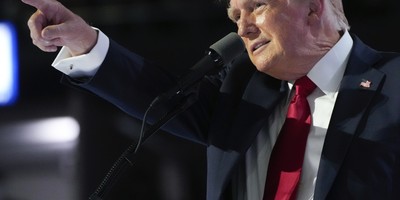

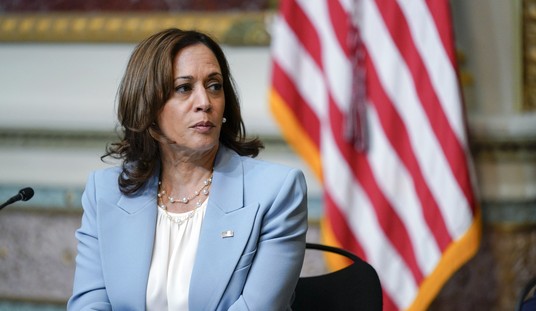
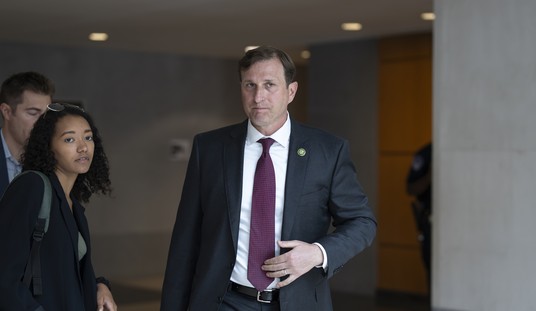
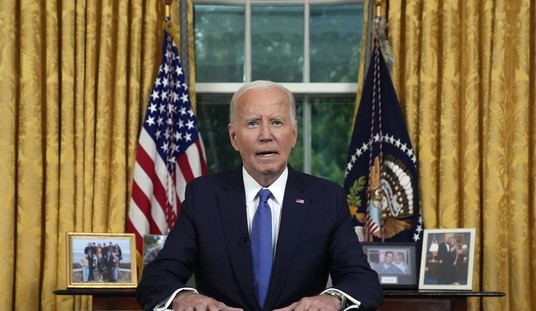


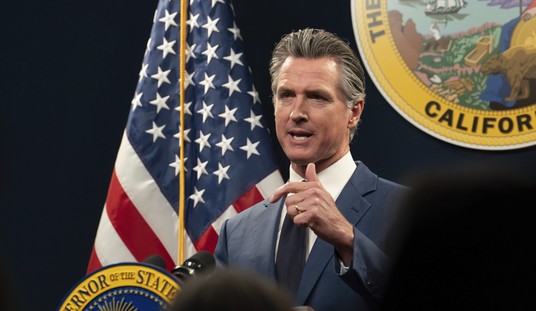
Join the conversation as a VIP Member